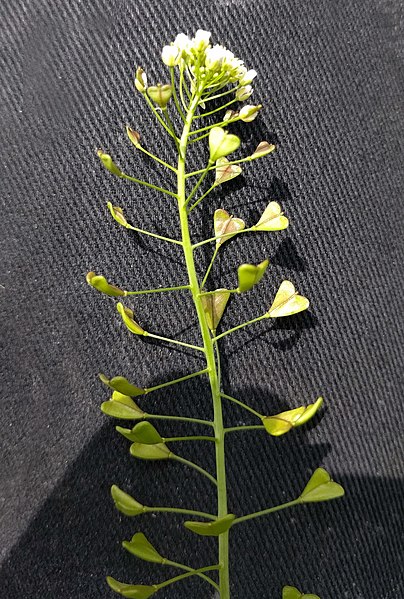Shepherd’s Purse Identification – Capsella bursa-pastoris
Heads up
If you’ve ever gone for a walk in a garden or the countryside, there’s a good chance you’ve walked past a Shepherd’s Purse without even knowing it. The Shepherd’s Purse goes by the scientific name of Capsella bursa-pastoris. This plant belongs to the Brassicaceae family. That’s the same family that gives us broccoli, cabbage, and mustard.
Shepherd’s Purse: Key Parts in Photos




Where to find it
The Shepherd’s Purse originally came from places in Eurasia and Africa but has since spread worldwide. This plant loves the sun but can also grows in partly shaded areas. You’ll find it growing in various places, from the sides of roads to fields or any place where the ground’s been disturbed. The Shepherd’s Purse is an annual plant. It lives for just one year, sprouting from a seed and then dying after producing seeds of its own.
How to identify Shepherd’s Purse
Now, if you’re trying to identify the Shepherd’s Purse by its flowers, here’s what to look for: tiny white flowers with 4 rounded petals each. They gather in rounded clusters at the end of stems. These stems shoot up from spots where leaves join the main stem, which botanists call the “leaf axils”. As the plant grows older, the stems get longer, but the flowers always bloom at the very tip. Each flower is pretty tiny, and inside you’ll find 6 greenish-yellow stamens, surrounding a short, yellowish style. Depending on how good the ground is where it’s growing, a plant might have just a few or several of these flowering branches.
Shepherd’s Purse has two types of leaves. The ones at the base of the plant, or basal leaves, have stalks and are about 4 inches long. They’re deeply cut into segments. Depending on the individual plant, the tips of these segments might be pointy or rounded. The leaves on the stems, or stem leaves, are different. They don’t have stalks, they’re narrower (like little arrowheads), and are about an inch long. These might be smooth on the edges or have tiny teeth. Sometimes, they can even be a little hairy. The stems themselves can stand straight up or lay low, and they’re sometimes covered in tiny hairs.
The fruit is a seed pod. It’s shaped somewhere between a heart and a triangle, and it’s flattened. Each pod carries about 20 seeds on each side.
